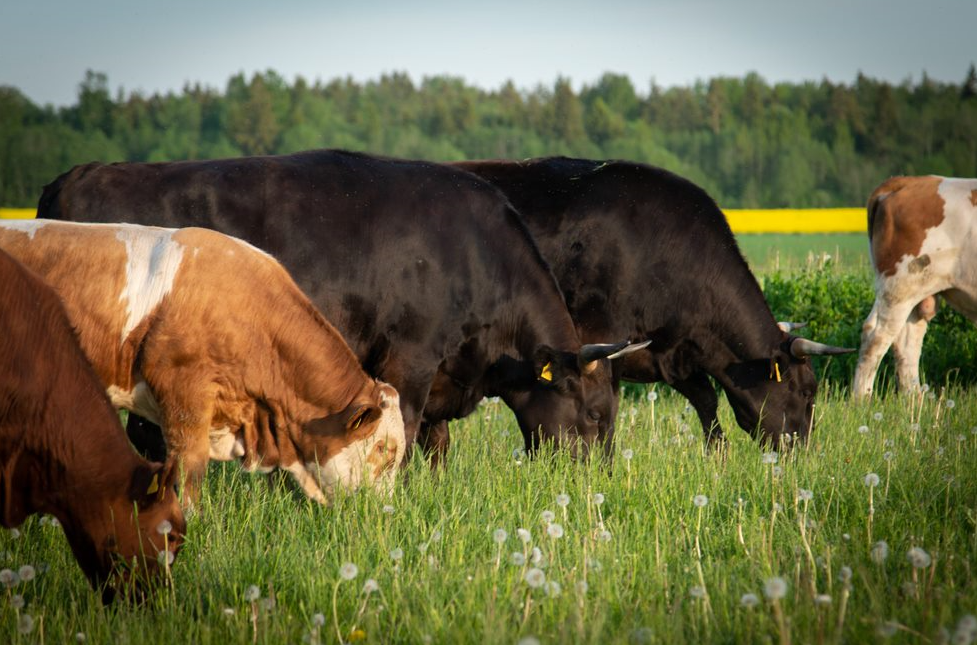 Photo: A. Külvet
Photo: A. KülvetSpecialization in one breed or crossbreeding to take advantage of different breeds - what is the best way in suckler cow husbandry? Gene transfer between dairy and beef systems is a possibility to overcome the loss of maternal traits within the beef herd.
Replacement heifers for the suckler cow herd can either be sourced from within the beef herd or sourced from the dairy herd. Dairy crosses exhibit superior reproductive efficiency (among others less dystocia) and generate heavier calves at weaning via greater levels of milk production which ensure greater carcass weight.
Suckler cows generated from the beef herd have advantages, too. Theses cows lead to lower calf perinatal mortality, greater cow survival rates, superior conformation of progeny and greater output prices for cull cows. Therefore, the optimal replacement strategy is dependent on the trait of interest for the beef cow farmer and the system of production (McCabe, S. et al. 2019).
Literature:
McCabe, S. et al. (2019): Effect of cow replacement strategy on cow and calf performance in the beef herd. https://doi.org/10.1017/s1751731118001660
This Good Practice has an Impact on:
- Socio-economic resilience: calves from dairy crosses are heavier at weaning but the price is better for pure beef progeny
- Animal health and welfare: less dystocia and less calving difficulties lead to less veterinary costs, increased animal health
- Production efficiency and meat quality: Calves weaned from dairy crosses were heavier at weaning, reached slaughter earlier, had heavier carcass and greater fat score compared with progeny of beef cows.